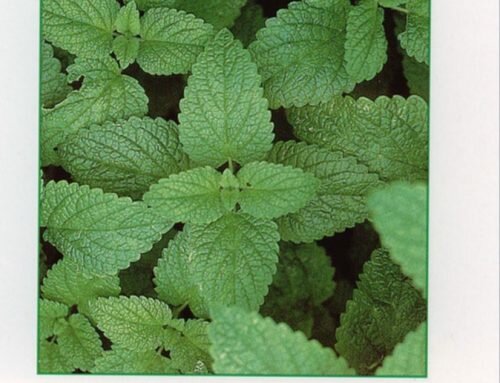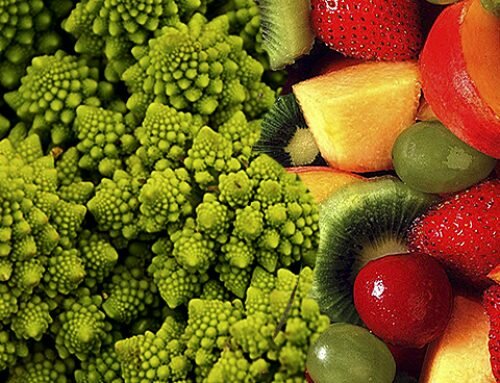Strictly speaking vitamin D is not even a vitamin, it actually is a very powerful steroid hormone produced by our skin once it is hit by sunlight, which then undergoes activation in the liver and kidneys. Nowadays we tend to expose our bodies to sunlight less and less, especially during winter time. Our lives take place almost entirely indoors ( offices, homes, shops and shopping centers, cars) and the rare times we are exposed to sunlight we pay great attention and use sunlight protection means which are becoming more potent day after day as a consequence of the widely spread fear that sun exposure is harmful..
Studies show that vitamin D deficicency is related with a higher cancer incidence (brest, lung, colon and prostate amongst all), with heart attacks, hypertension, stroke, diabetes, multiple sclerosis, autoimmune disease, seasonal depression and other mental disorders, Alzheimer’s disease, osteoporosis, chronic joint and muscular pain, the common cold, asthma and chronic fatigue.
Vitamin D accelerates tissue healing and with it’s anti-proliferative properties reduces the risk of neoplastic transformation, regulates apoptosis and cellular differentiation.
In the US daily supplementation with 1000 UI of vitamin D has been proven to reduce cancer deaths by 9% in women and by 7% in men.
A study published in 2007 by the American Journal of Clinical Nutrition showed that post menopausal women who were regularly using a vitamin D togheter with a calcium supplement had a 77% reduction of the risk of developing cancer. It also proved that for each 10 ng/mL rise in vitamin D plasma concentration there was a 35% reduction in the relative risk of developing cancer.
Data from the American Cancer Society show that breast cancer is the second cause of death for women in the US. The rate for this cancer is higher in white women after 40 years of age and elevated in black women under 40 years of age. The latter also show a higher risk of death for breast cancer at all ages. Cells in breast tissues posess vitamin D receptors and are therefore under the influence of it’s plasma concentrations. Vitamin D is effective on tumor growth by interfering with the generation of the vascular network that is supposed to supply the tumor. Women with a vitamin D plasma level under 20 ng/mL may have a cancer incidence as high as 50% more; on the other hand the referenced daily intake (RDI) for vitamin D is not enough to increase plasma levels up to 30 ng/mL.
Low levels of vitamin D ( under 20 ng/mL) are related with an increase in colo-rectal risk cancer ranging between 20 and 50%. Secondary evidence has shown that vitamin D levels of 33 ng/mL are associated with a 50% decrease in the risk of colo-rectal cancer when compared with levels of 12 ng/mL.
Speaking about the cardiovascular system the Health Professoional Follow Up Study has collected blood samples from over 51000 male health care operators aged between 40 and 75 years old in 1986 and has highlightened that there is a 242% higher possibilty of a heart attack in those with vitamin D deficicency ( plasma level under 15 ng/mL) when compared with those who’s plasma levels were over 30 ng/mL.
Vitamin D deficiency is nowadays worldwide and includes nearly the whole population especially when taking into account those countries north of the 35th parallel as Italy.
The norther the latitude the more ineffective sunlight is in producing vitamin D. As far as our latitude is concerned the sunlight is unable to produce any vitamin at all between november and march. A factor 8 sun protetction cream lowers vitamin production by 92% whilst a factor 15 ranges up to a 99% fall in vitamin production. By sunbathing we also produce more melanin reducing the skin’s ability to convert vitamin D. In order to benefit from sunlight exposure one must follow this rule: expose less than 25% of the skin (hands, arms, and legs) for about 25-50% of the time that presumably is needed for the skin to turn red.
Therefore if you are not living next to the equator and if you do not spend most of your day under the sun it is almost impossible for your body to produce enough vitamin D to meet all it’s needs leading to the need for supplementation.
Actually in order to match an intake of 1000 UI you would need 10 cups of milk 240 mL each.
Throught our population there is an epidemic vitamin D deficiency; less than 5% of the popultaion have levels ranging between 40-50 ng/ml which are considered optimal, the majority ranges between 5-20ng/mL. These levels are low also if compared with the old threshold of 20 ng/mL which was considered essential for rachitism prevention. It has been estimated that beetween 40-100% of old people are vitamin D deficient.
Experience has shown that in order to acheive levels around 50 ng/mL we need at least 5000 UI/die against an RDA which recommends 600-800 UI. This level of supplementation is though advised only under medical control whilst for people who are not wishing to undergo blood tests it is advisable not to exceed a 2000 UI daily dose. Vitamin D excess is actually extremely less frequent than what was thought and plasma levels as high as 100 ng/mL do not present any problem. The problem is instead not having enough. Vitamin D is usually supplemented by mouth as drops or small bottles that one must drink, for more challenging cases there is the opportunity of intramuscular supplementation.
by Massimo Fioranelli





